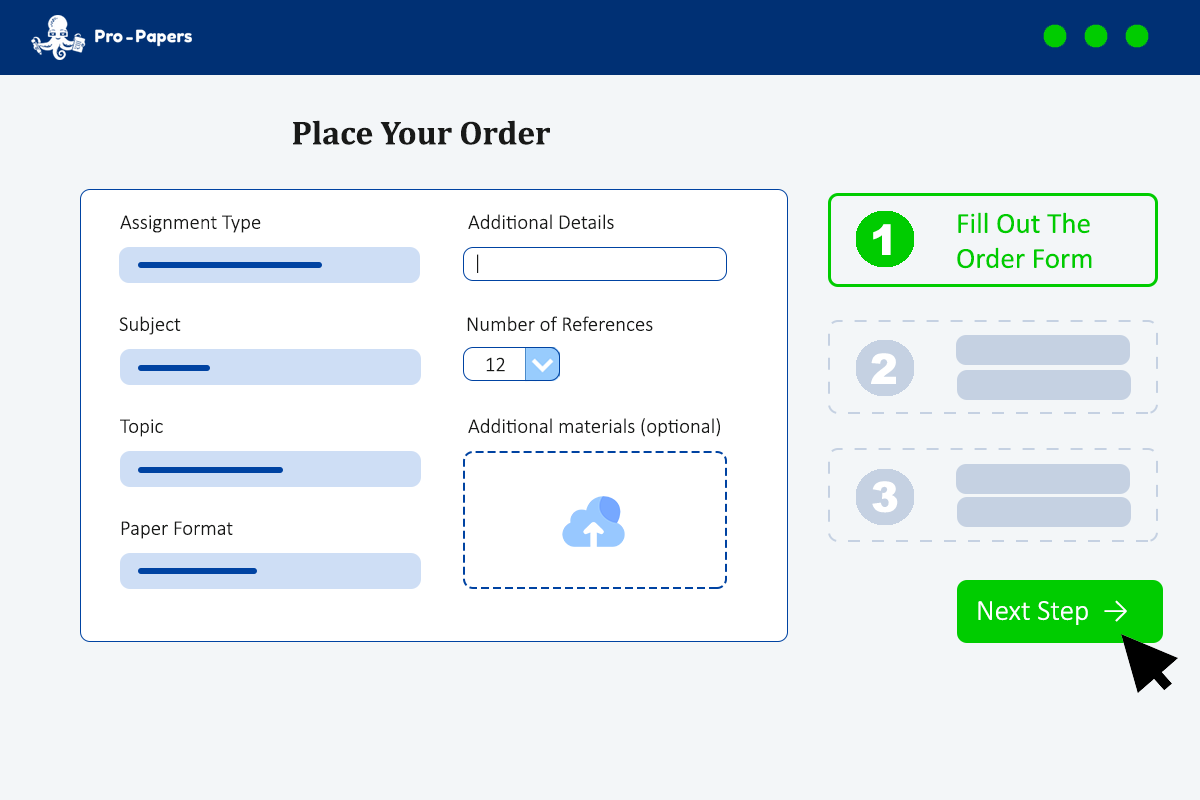Promoting Physical Activity Programs to Reduce the Risk of Dementia and Arthritis Pain and Improve Older Adult’s Quality of Life
Student’s Name
Institutional Affiliation
Course Number and Name
Instructor Name
Due Date
Promoting Physical Activity Programs to Reduce the Risk of Dementia and Arthritis Pain and Improve Older Adult’s Quality of Life
Dementia and arthritis pain are some of the most common adult health problems that adversely affect the quality of life of older adults by causing discomfort and increasing the risk of disability, falls, and premature death. Increased physical activity amongst the population is an effective health promotion strategy in countering the effects of the mentioned health conditions and ensuring positive health outcomes. The lack of exercise among elderly individuals with dementia and arthritis pain is a significant health concern precipitated by limited access to recreational fitness resources. Empirical evidence reveals that progressive resistance training (PRT) involving older adults leads to an 8-24% increase in aerobic capacity. Integrating recreational exercises into PRT programs is a specific evidence-based health promotion strategy suitable for older adults with reduced muscle function that minimizes arthritis pain and improves the efficacy of coping with dementia.
The Centers for Disease Control and Prevention (CDC) champions the adoption of the intervention as a strategy for alleviating chronic illnesses among older adults. Community health stakeholders should adhere to CDC standards in planning and implementing PRT programs to empower members of the at-risk population to reduce their susceptibility to dementia and arthritis pain and associated complications. The specific activities of the proposed program include hiking, jogging, dancing, yard work, and swimming. The core benefits of a PRT program include active living, sustaining a healthy weight, improving memory, and alleviating pain, all of which significantly improve the patient's quality of life. Physical activity relieves dementia and arthritis pain by reducing joint inflammation. Older adults are also advised to exercise to minimize bone loss and retain muscle strength around affected areas. The patients should also develop critical thinking, learning, and reasoning competencies that may decline due to dementia progression.







